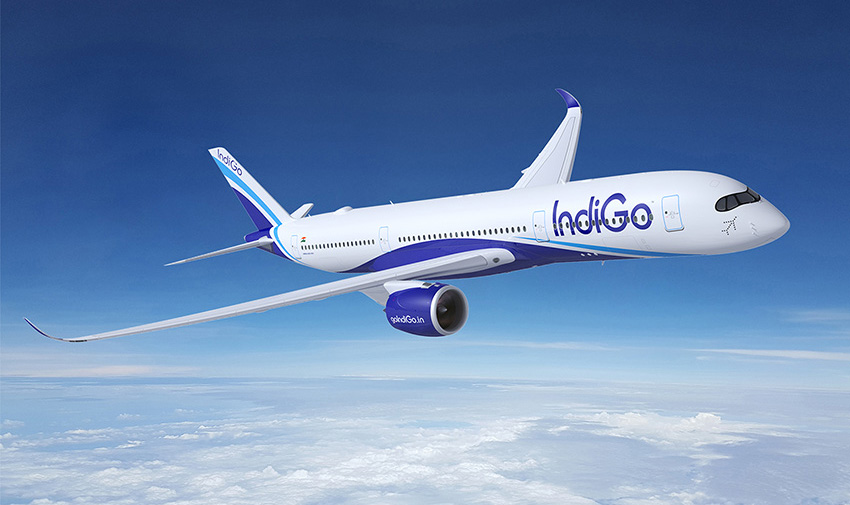Now Reading: Gurugram Metro Phase 1 Set to Begin Soon as Contractor Finalised
-
01
Gurugram Metro Phase 1 Set to Begin Soon as Contractor Finalised
Gurugram Metro Phase 1 Set to Begin Soon as Contractor Finalised

After years of planning and back-and-forth, Gurugram’s much-awaited metro expansion is finally moving to the execution stage. The contractor for Phase 1 has now been selected, clearing the way for construction work to begin by the end of this month. This metro project is expected to improve local connectivity and reduce road congestion, making daily commutes easier not just for residents of the city, but also for people traveling from nearby Tier 2 hubs.
Construction Work Likely to Start This Month
With the builder finalised, groundwork is likely to begin within the next few weeks. Officials have indicated that necessary permissions and basic preparations are almost in place. Once started, the project will focus on building a 28.5 km-long corridor that will connect Cyber City to several key sectors and residential pockets.
This marks a significant step forward for Gurugram, which has long suffered from a lack of internal metro coverage despite being a major business and tech hub.
What the Route Will Cover
The first phase of Gurugram Metro will include 27 stations, covering areas like Sector 45, Palam Vihar, and Udyog Vihar. The alignment has been planned to ease traffic load on the Delhi-Gurgaon Expressway and major arterial roads.
The metro will also connect directly to the existing Delhi Metro network, allowing smoother transfers for daily commuters heading towards the capital or other NCR towns.
Impact on Tier 2 City Commuters
The metro expansion isn’t just for those living in Gurugram. Many working professionals and students travel daily from surrounding Tier 2 towns like Rewari, Jhajjar, and Faridabad. Better metro connectivity means they could reach workplaces or educational institutions faster and at a lower cost.
Improved infrastructure could also lead to better job access for people in these towns, along with a possible rise in demand for housing near metro stations.
Boost for Local Economy and Urban Development
Once operational, the metro project is expected to boost small businesses, increase footfall in local markets, and attract more commercial investments in areas that were previously considered hard to reach. Real estate developers are already eyeing zones along the upcoming corridor for new residential projects.
The metro project could also reduce pressure on city roads, contributing to less pollution and safer streets over time.
Conclusion
With the contractor finalised and groundwork expected to begin shortly, Gurugram Metro Phase 1 is finally on track. For residents of Gurugram and surrounding Tier 2 towns, this means better connectivity, smoother commutes, and long-term economic benefits. While it will take a few years to complete, this is the first concrete step towards a more connected and commuter-friendly Gurugram.

























